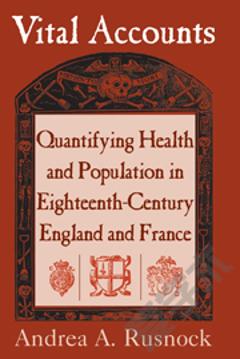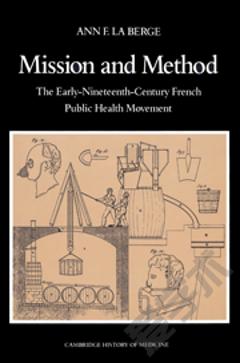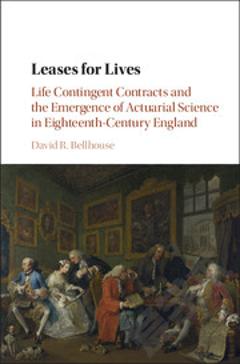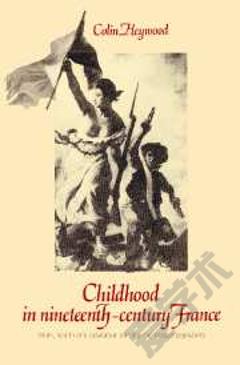Vital Accounts: Quantifying Health and Population in Eighteenth-Century England and France
Why did Europeans begin to count births and deaths? How did they collect the numbers and what did they do with them? Through a compelling comparative analysis, Vital Accounts charts the work of the physicians, clergymen and government officials who crafted the sciences of political and medical arithmetic in England and France during the long eighteenth-century, before the emergence of statistics and regular government censuses. Andrea A. Rusnock presents a social history of quantification that highlights the development of numerical tables, influential and enduring scientific instruments designed to evaluate smallpox inoculation, to link weather and disease to compare infant and maternal mortality rates, to identify changes in disease patterns and to challenge prevailing views about the decline of European population. By focusing on the most important eighteenth century controversies over health and population, Rusnock shows how vital accounts - the numbers of births and deaths - became the measure of public health and welfare.
{{comment.content}}








 京公网安备 11010802027623号
京公网安备 11010802027623号